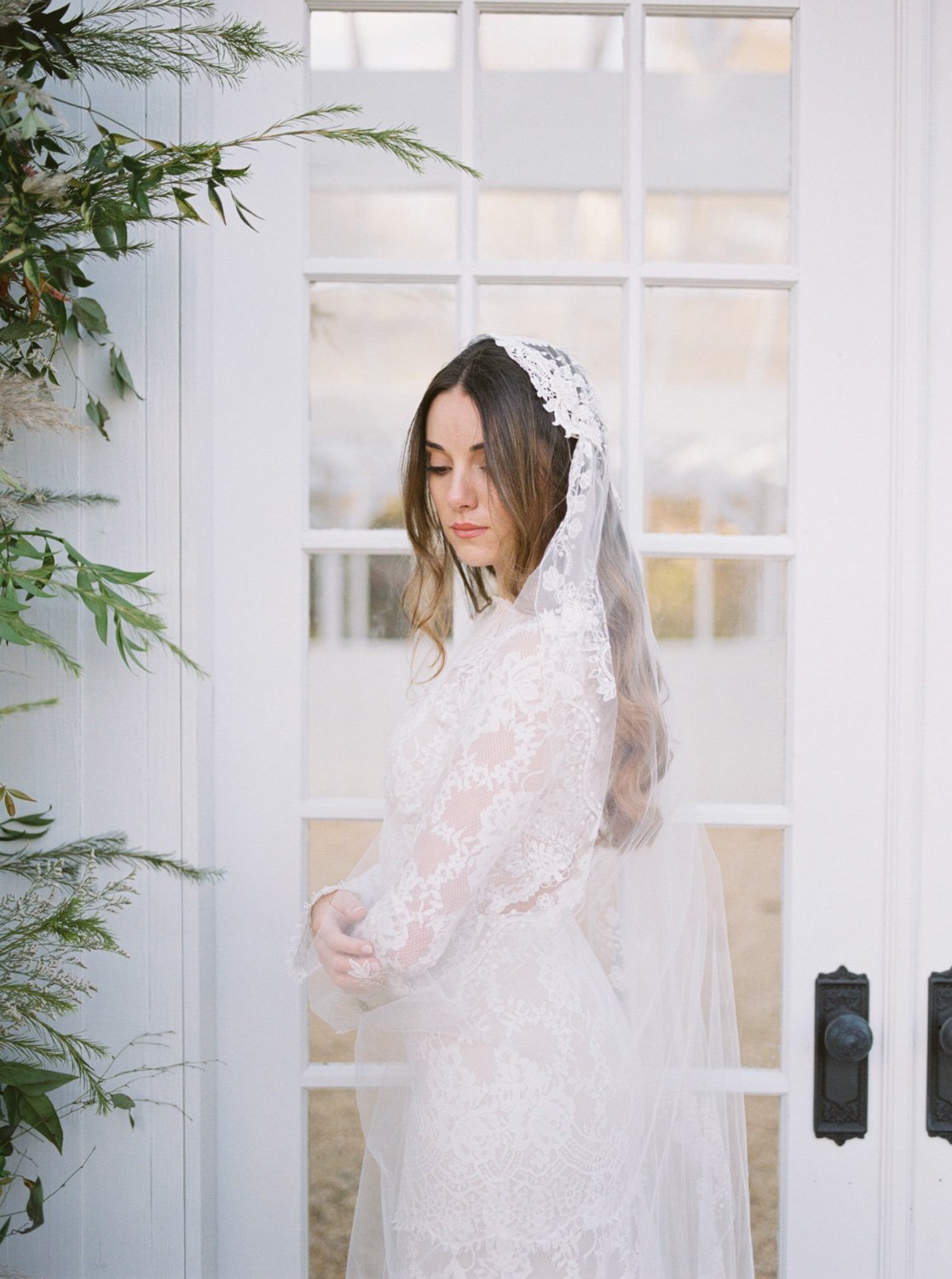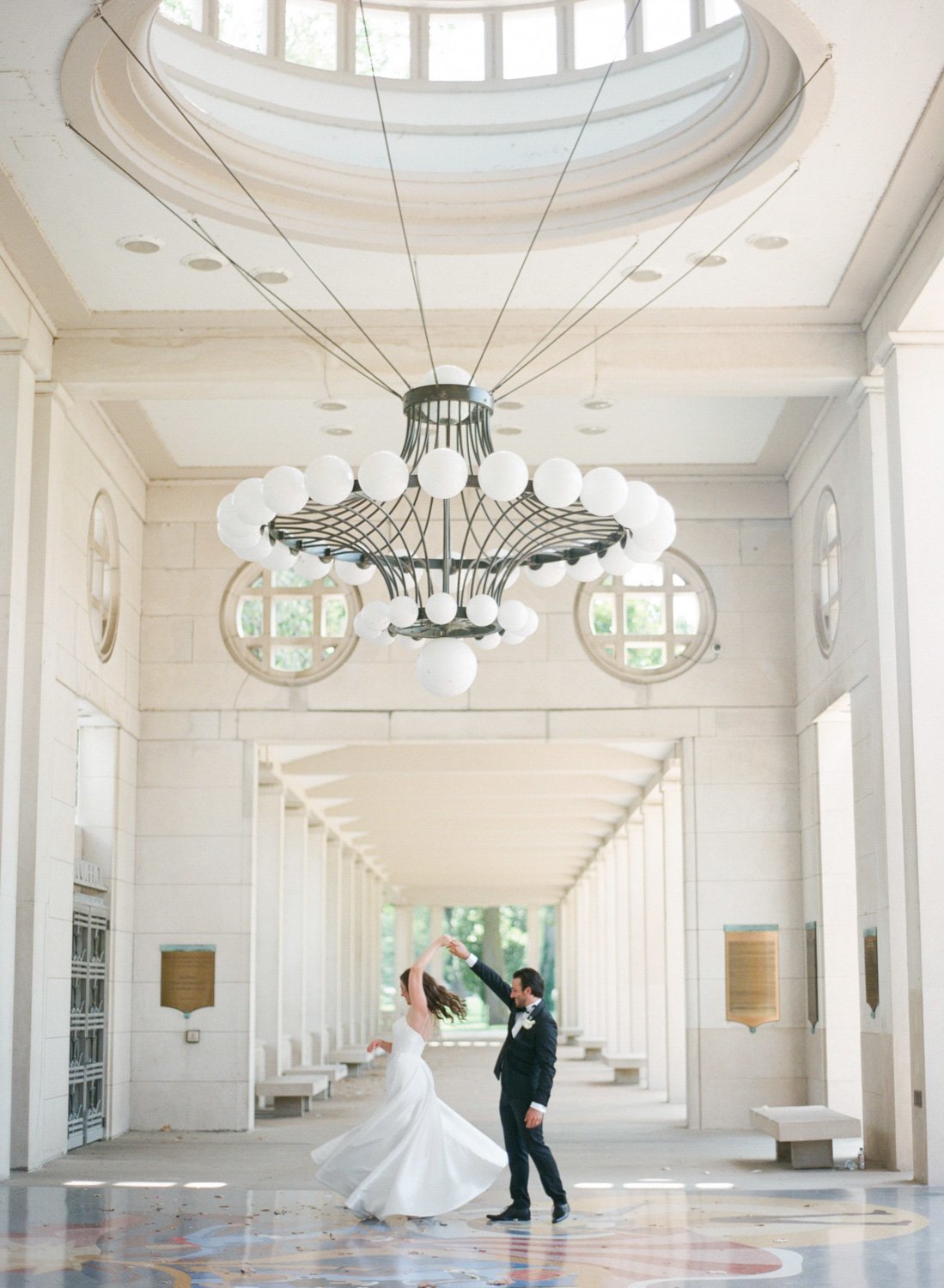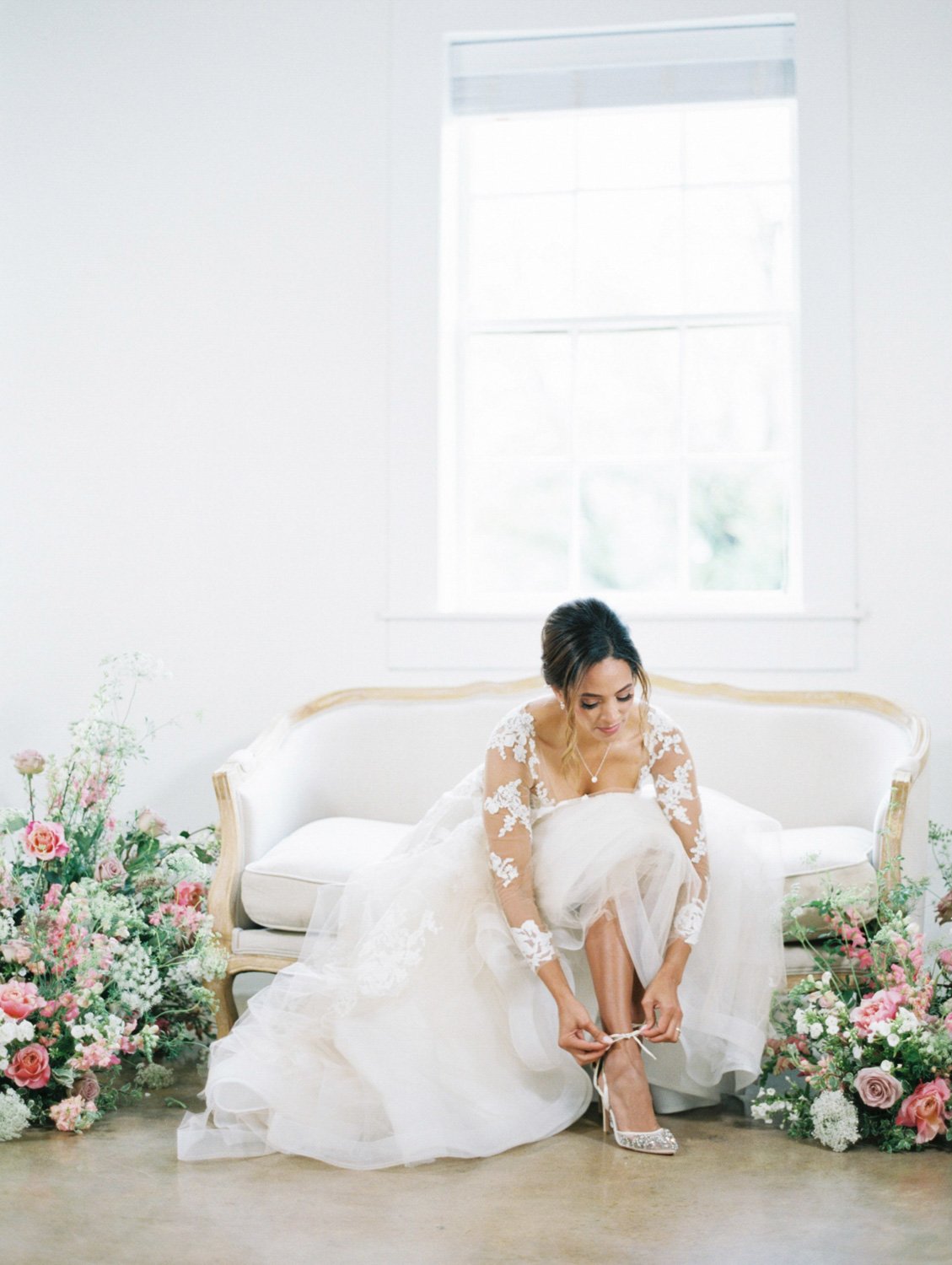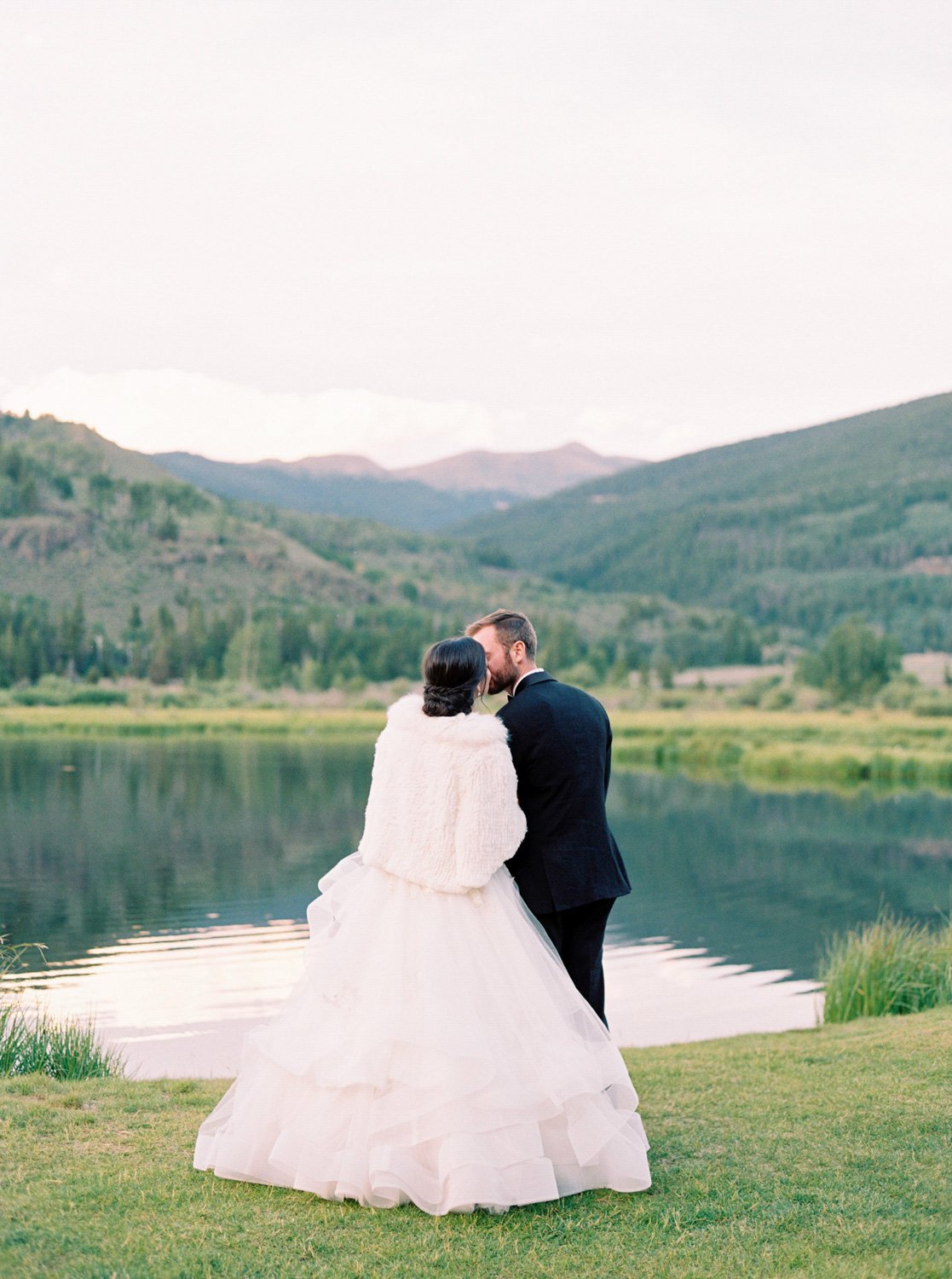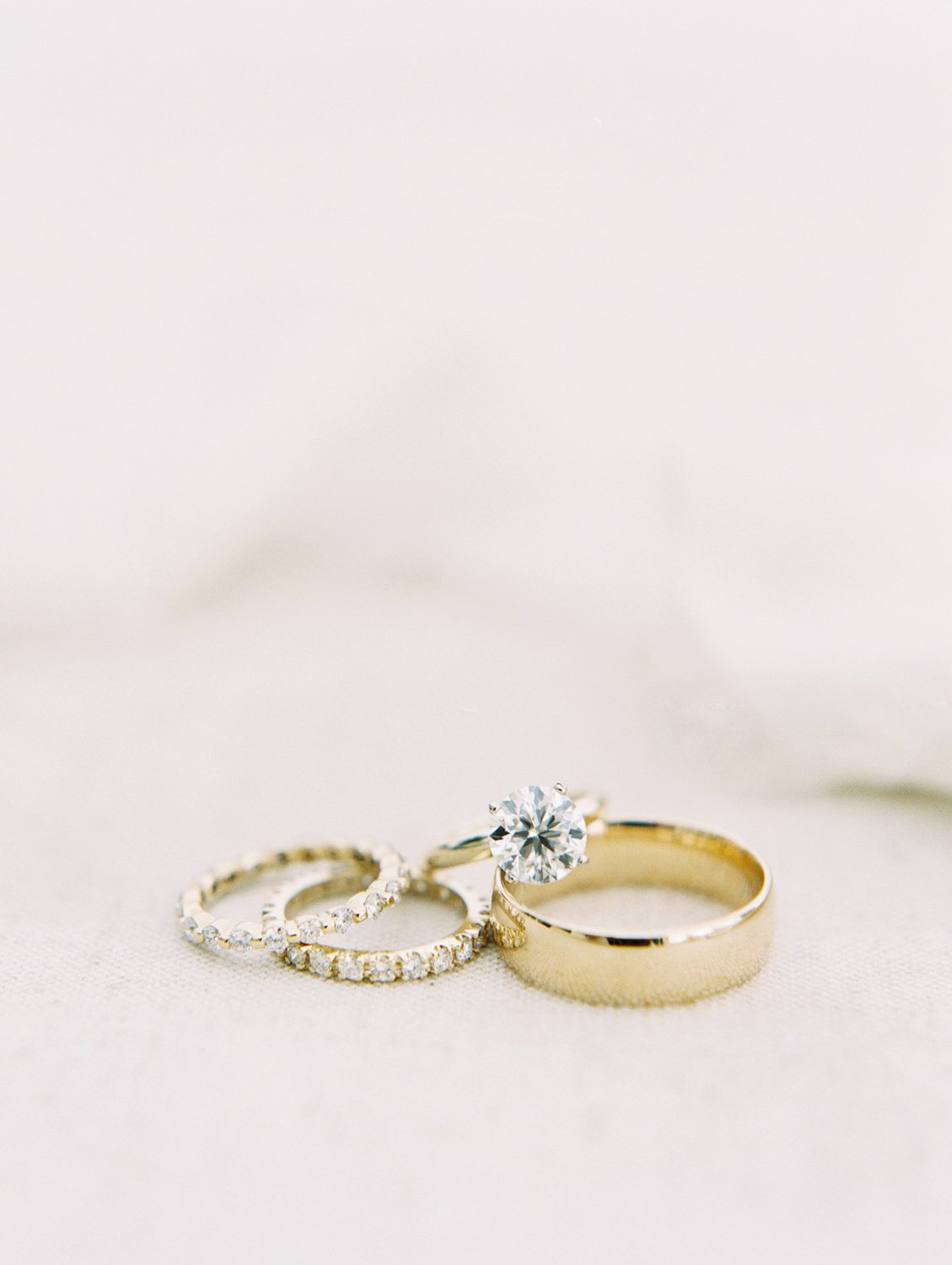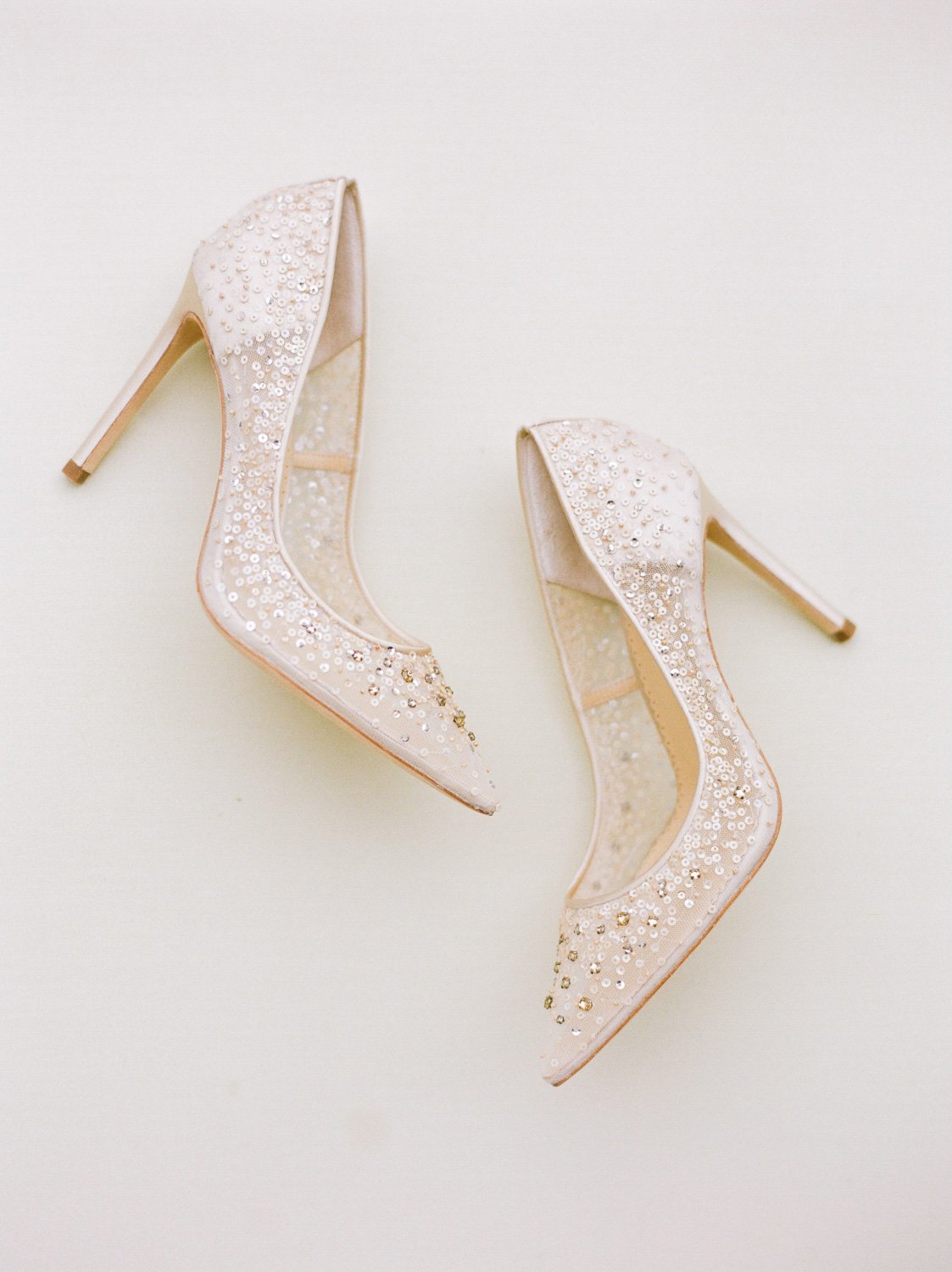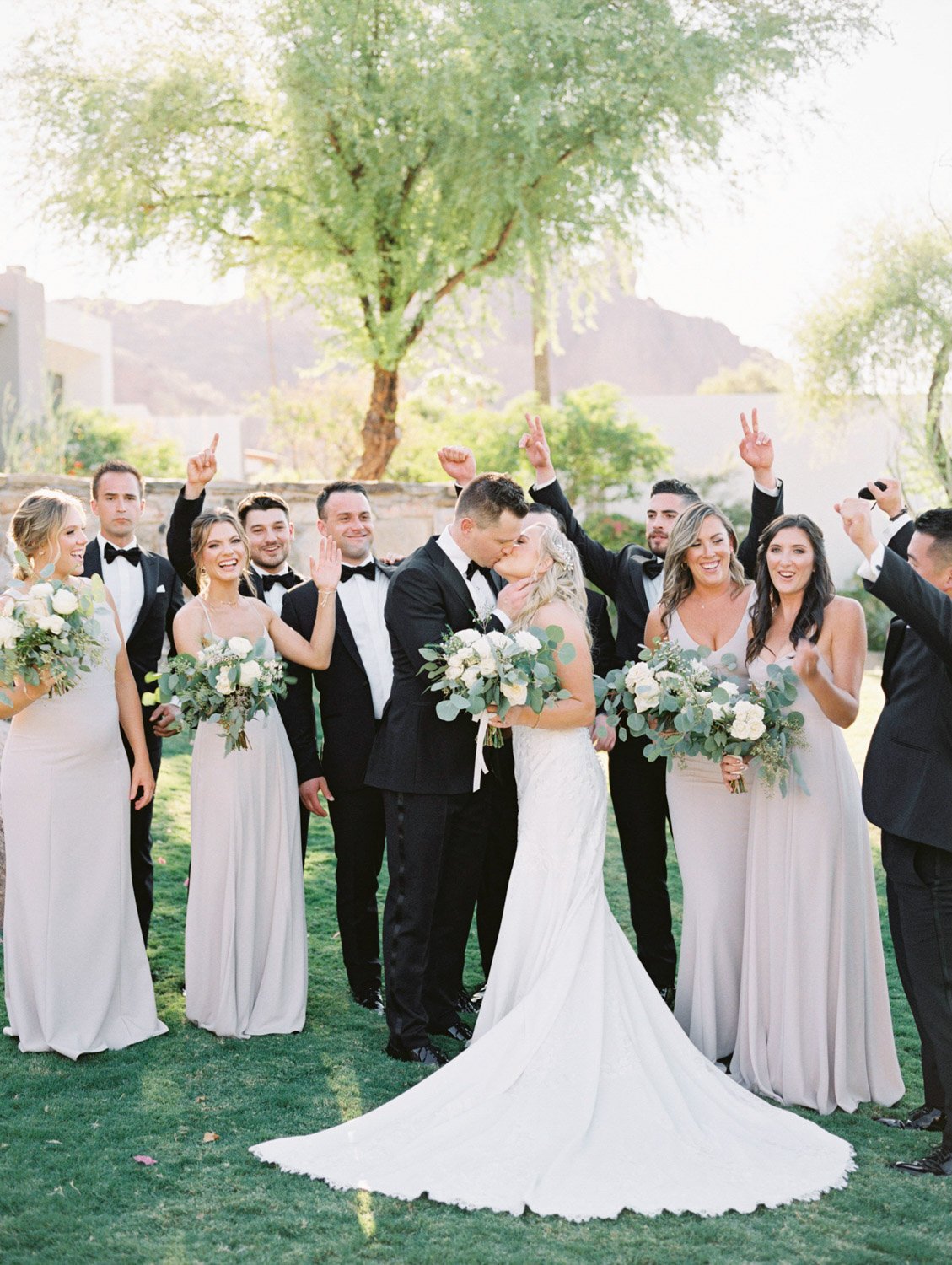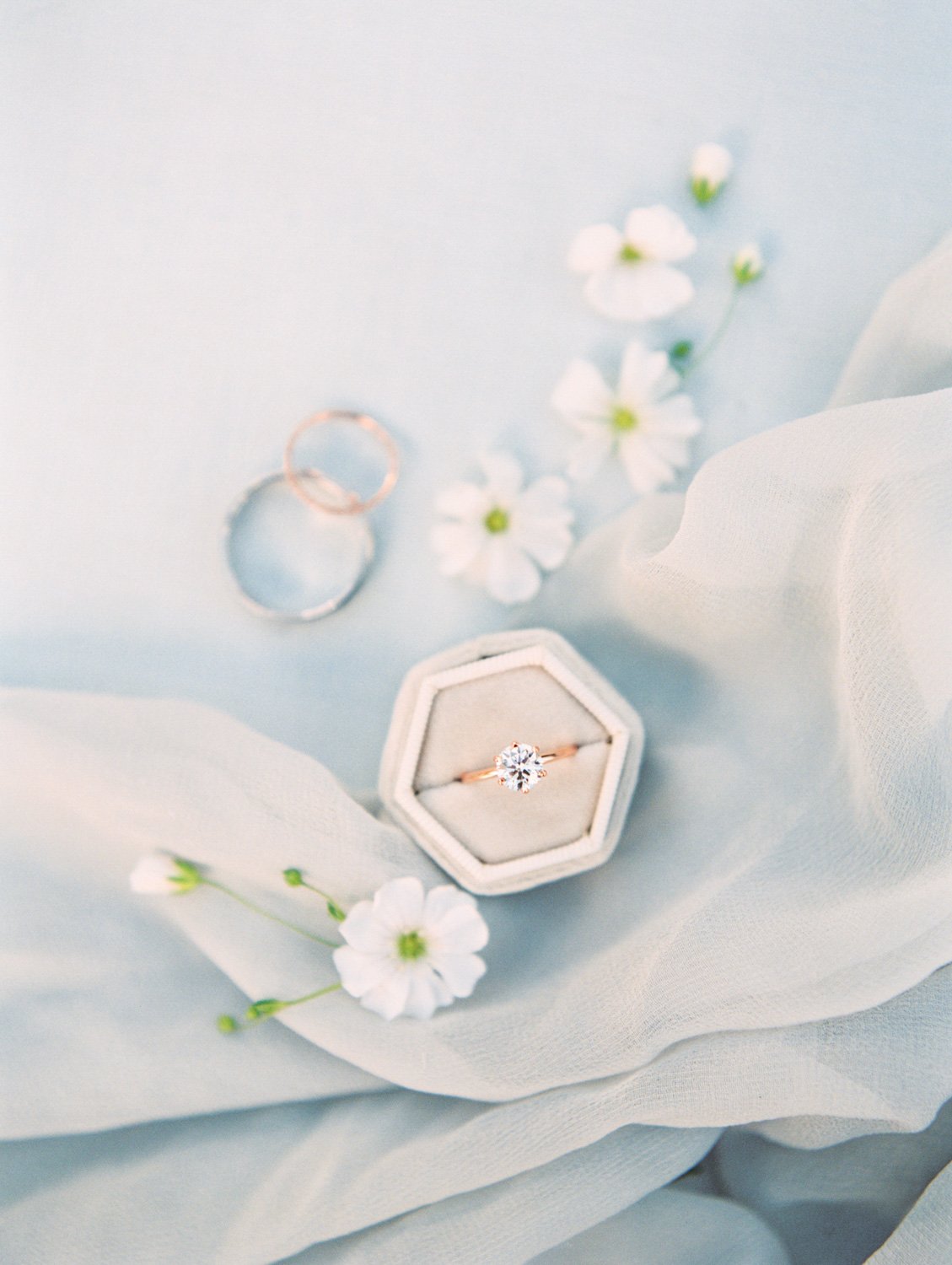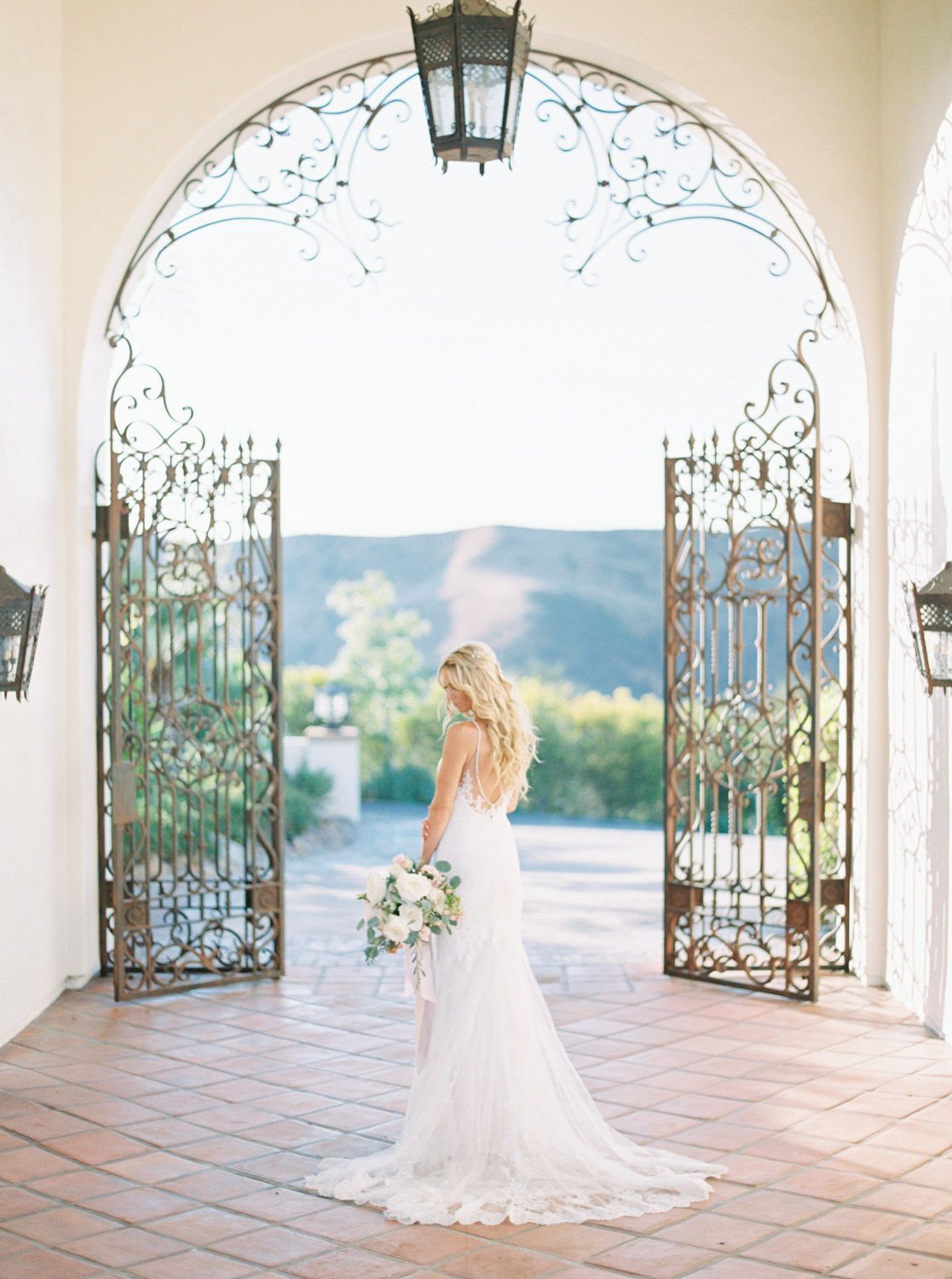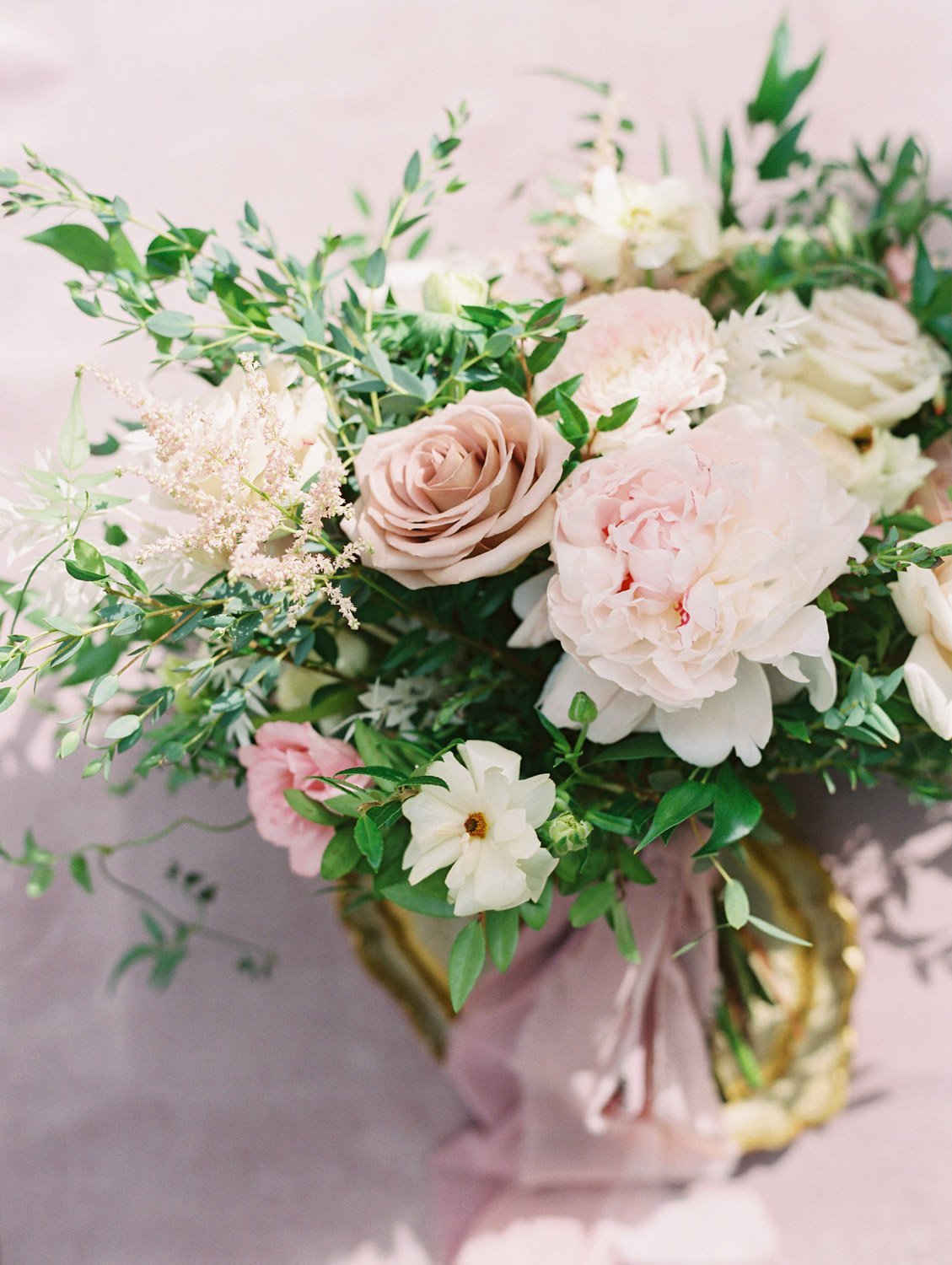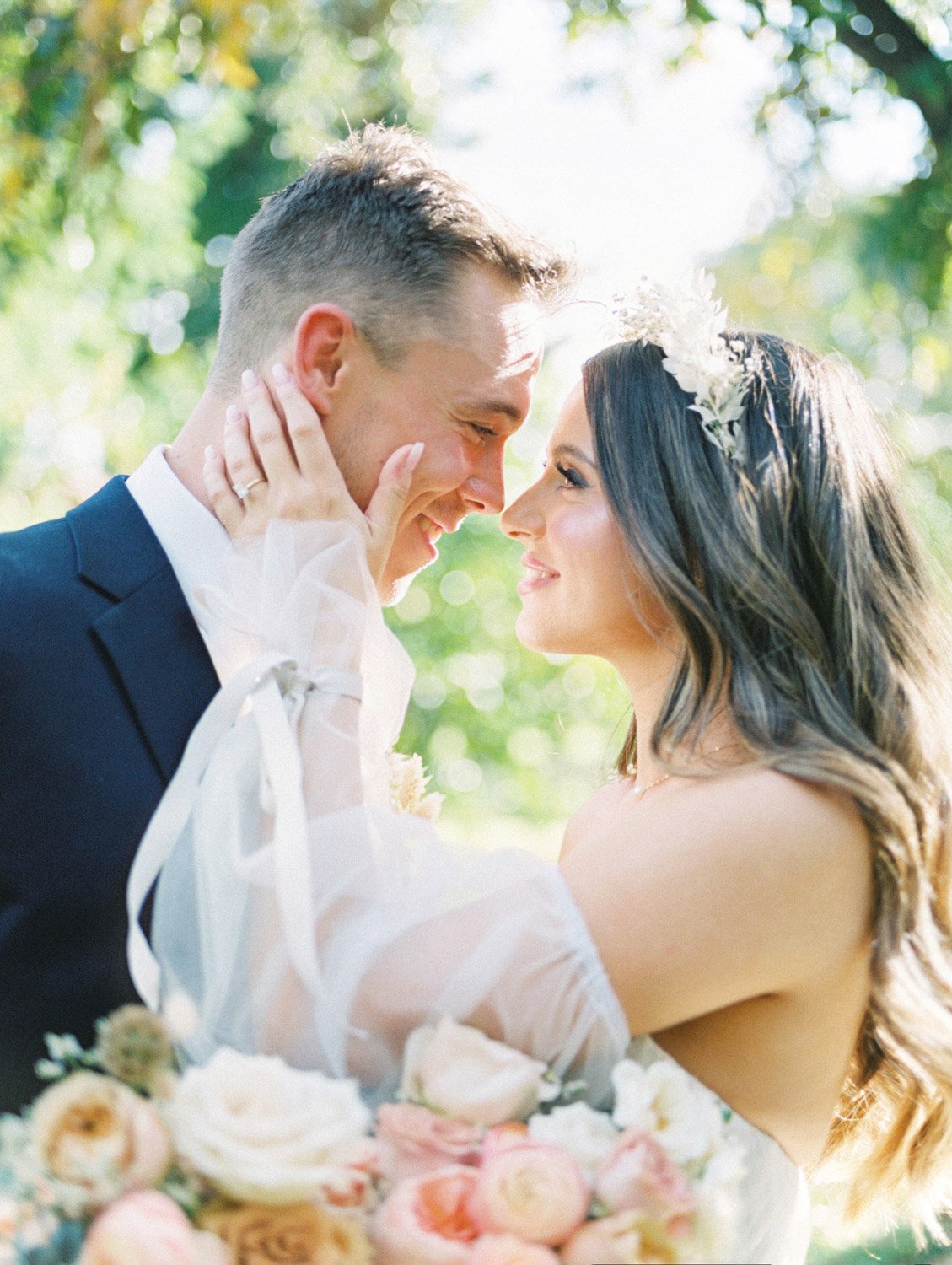Many will agree packing is the worst part of traveling, and it becomes even more hectic when you have to bring along thousands of dollars in gear. Staying organized and having a solid strategy will help eliminate stress. Today, we put together our best tips and tricks for packing and traveling with your gear.
Be as much of a minimalist as you can. Know what you can do without and condense as much as possible to conserve space. Overpacking will result in heavier luggage, and it may take longer to find what you do need.
Start packing a couple of days in advance. You'll have more time to triple-check that you have everything you need instead of quickly throwing things in a suitcase and hoping you didn't forget anything.
Make your main camera bag your personal item when flying.Traveling in peak seasons often results in the overhead bins reaching capacity before everyone has boarded. The airline will check any remaining bags with wheels, so make sure your camera bag is a backpack or shoulder bag that doesn't have wheels.
Have the most important things in your carry-on. Keep your essentials with you, so if your bags are misplaced, you'd still have the necessary equipment to complete your job. If they check your carry-on suitcase, you'll have a few minutes to stuff some extra items into your camera bag.
Pro tip: Choose unpopular flight times for the chance of a less packed flight.
Keep an inventory of each bag's contents. When you repack for your return trip, you can ensure you have everything, and it's a precaution should you need the airline to compensate for lost luggage.
Mail items to your destination. If you're staying with family or friends, order film and ship it to their address, so it's one less thing to pack. If there's a city you travel to regularly and have someone there to stay with, ask if you can store a few items there indefinitely (tripod, reflector, styling mats, etc.).
We hope you found these tips helpful for traveling with your gear. Happy travels, friends!






